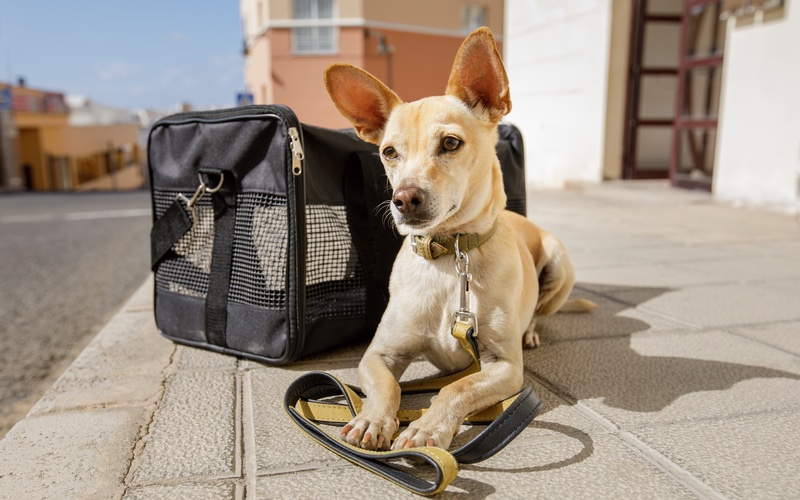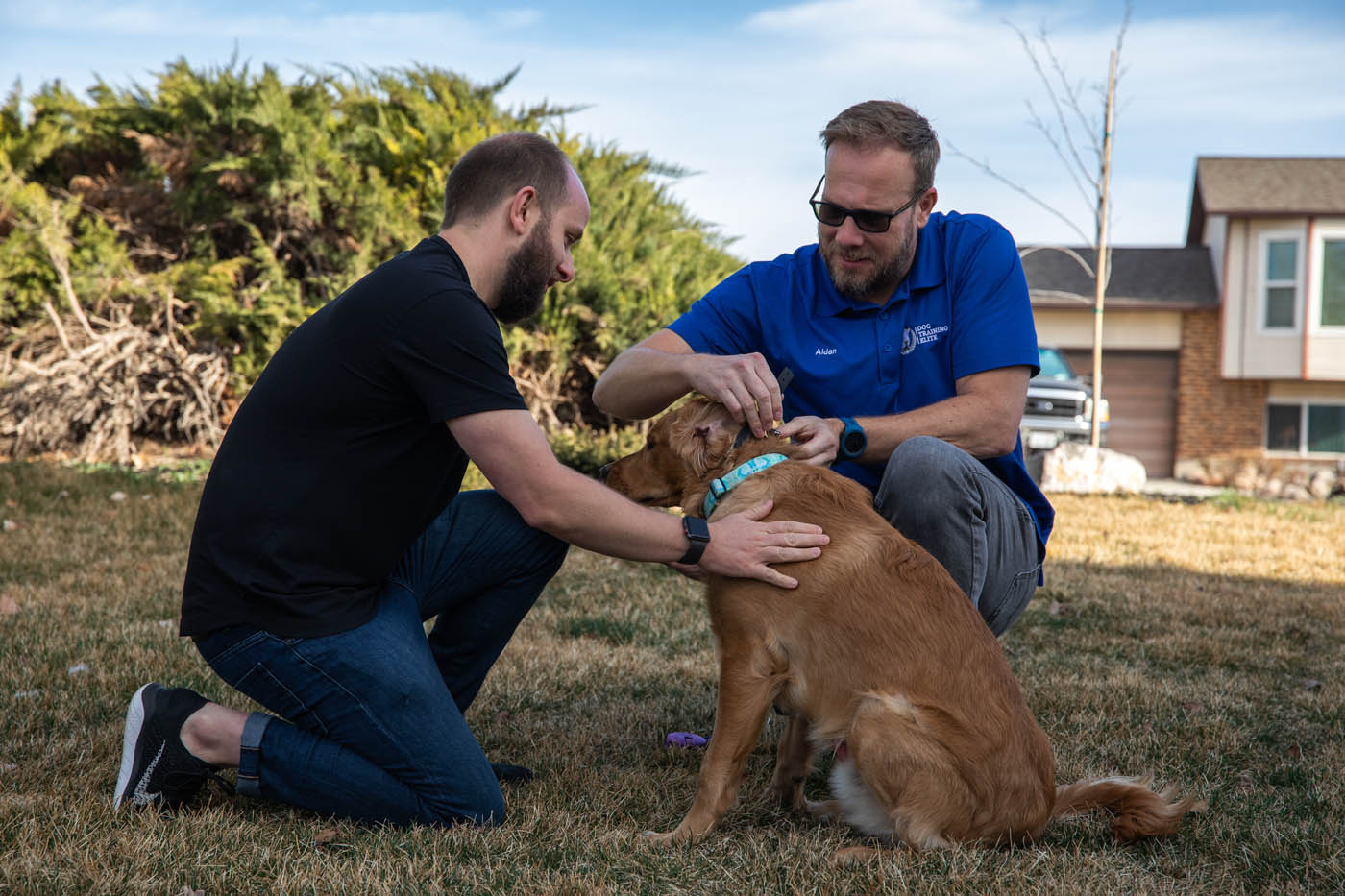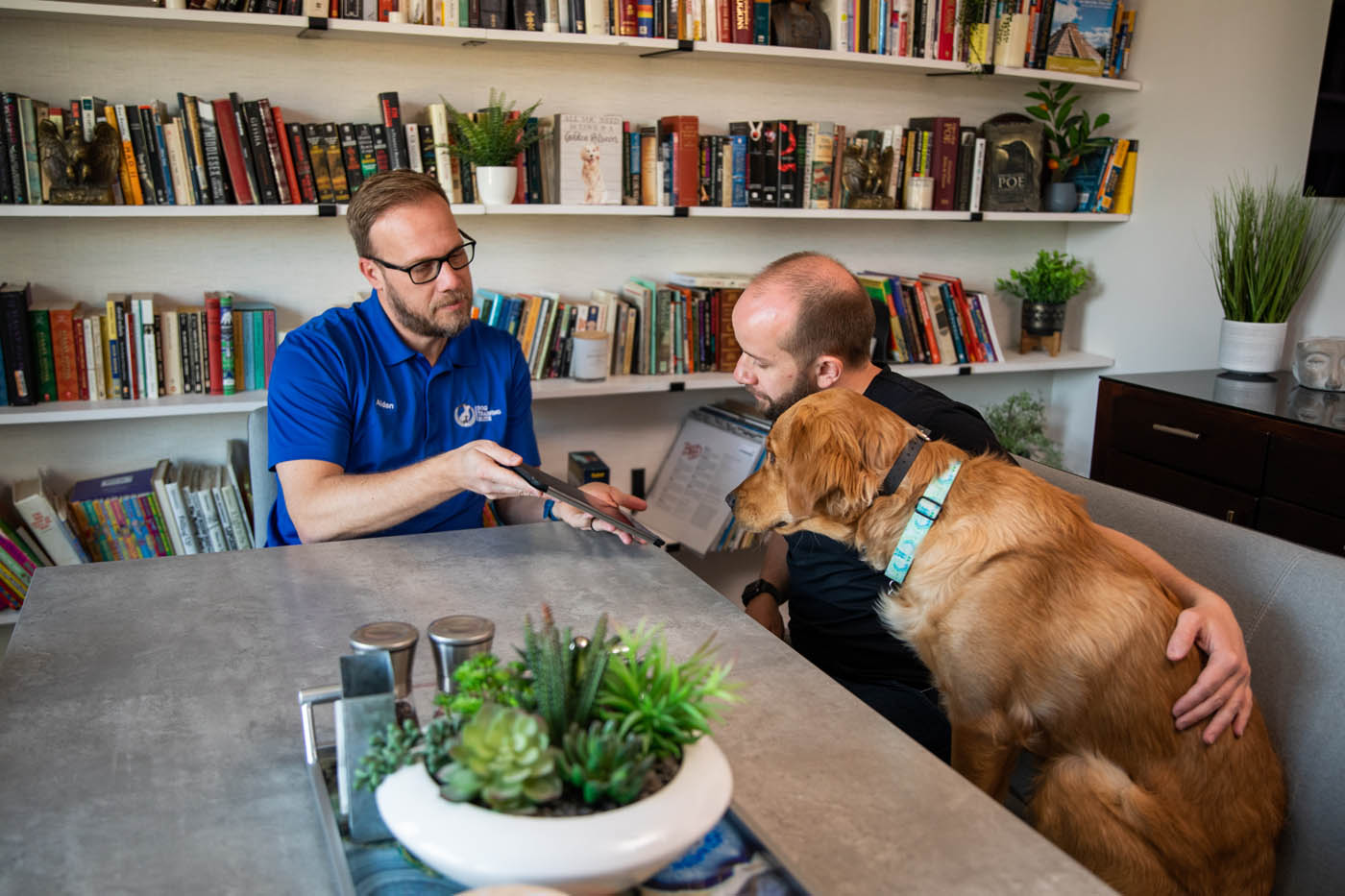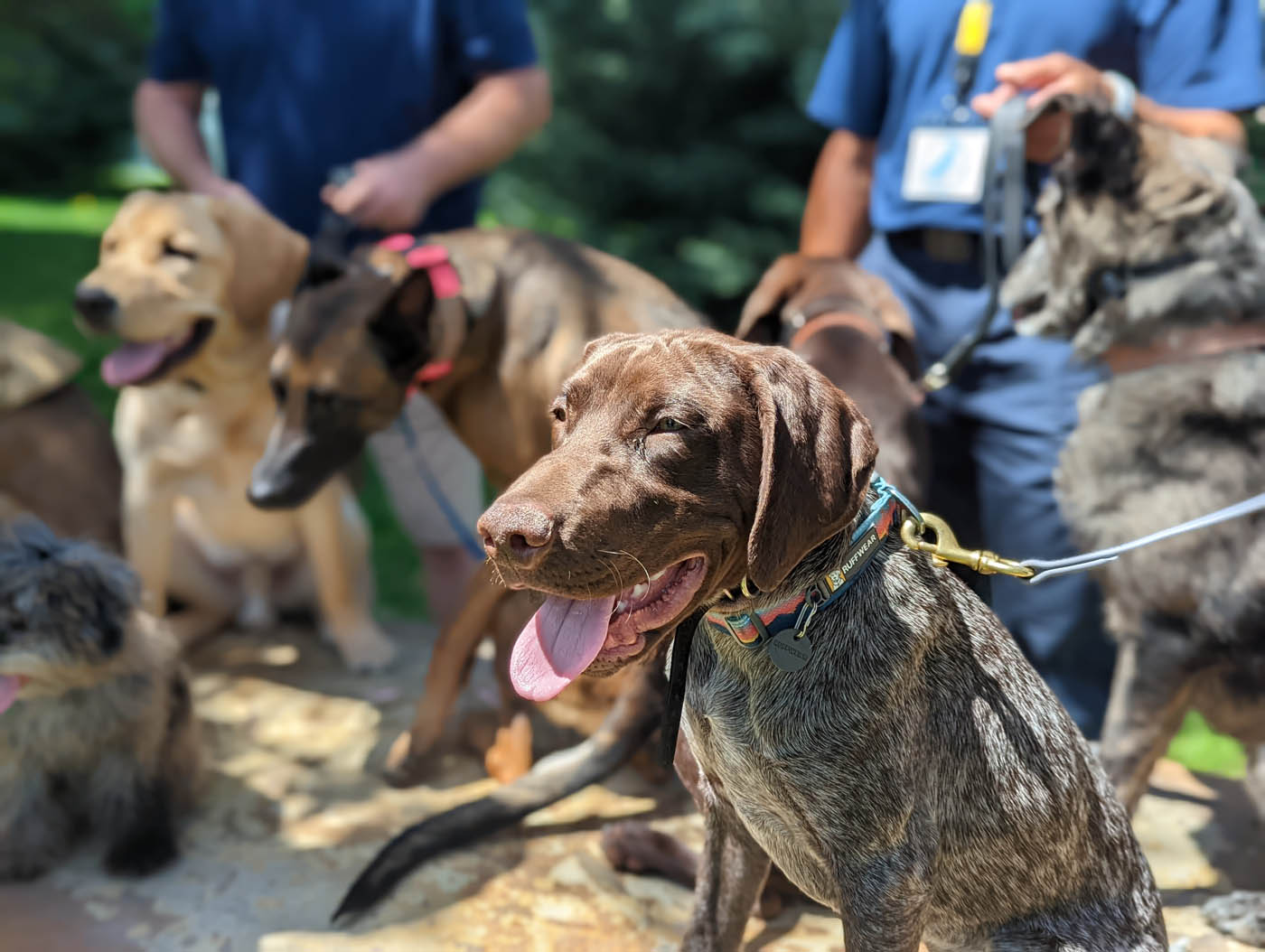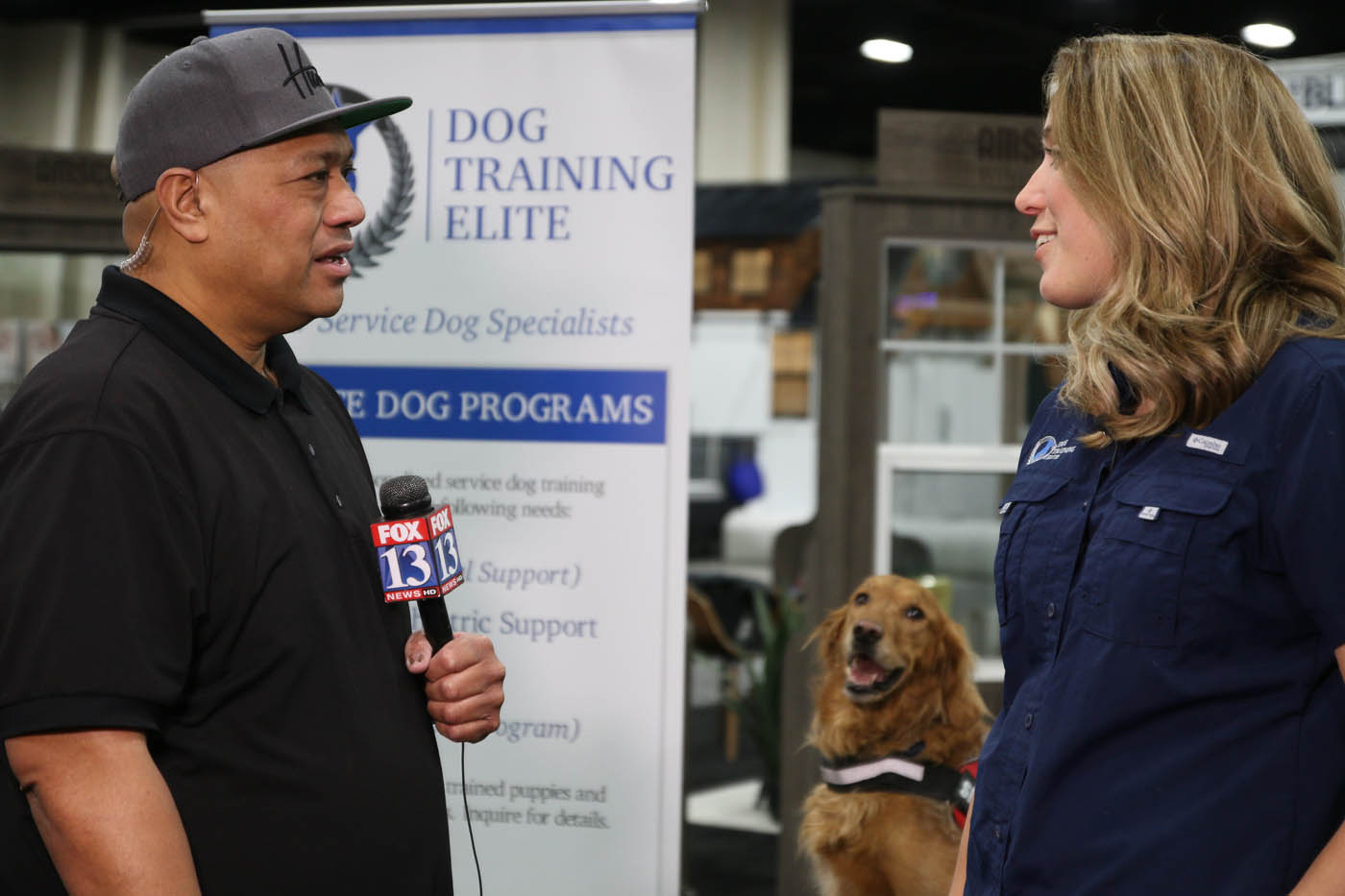
How to Train a "Bad Dog": Real Solutions for Real Behavior Struggles
Worried about your dog's behavior? You're not alone. Read this article to learn more about why dogs may be exhibiting bad behavior and tips from real trainers at Dog Training Elite on how to address common issues such as excessive barking, destructive chewing, or aggression.





